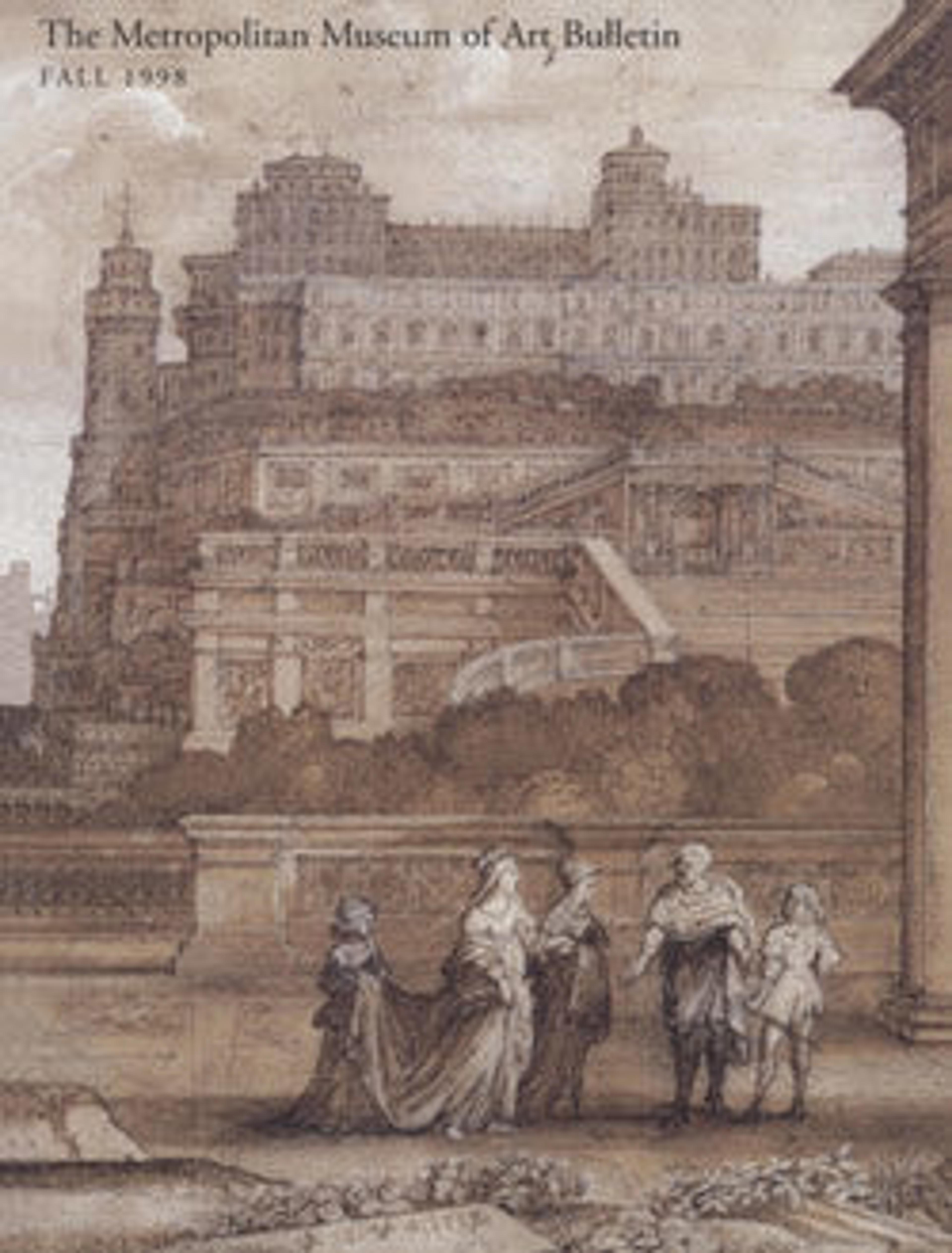Hot milk pot
This coffeepot and its mate (1997.412.1) bear the maker's mark EGB, which recent research identifies as belonging to the goldsmith Ernst Gottlob Borns of Bautzen, a city east of Dresden in Saxony. For both pots Borns took the standard eighteenth-century waisted-barrel body form and enlivened it with a playful variety of surface modeling that emphasizes both the malleability and light-reflective qualities of the silver. The superb technique and the flamboyance of the design make these pieces exemplary documents of the distinctive Saxon interpretation of German Rococo. Remarkable details are the rocailles of flamelike appearance surrounding the base, thus teasingly evoking the flames of a burner, and the carved wooden handles echoing the embossed elongated C-scrolls of the silver bodies. Also characteristic is the tension between polished plain surface areas and articulating rocaille and floral relief elements. This style was developed and dominated by Dresden court craftsmen under the patronage of Friedrich August II, elector of Saxony and king of Poland (1696–1763), and his influential prime minister, Count Brühl. Related forms were also employed in products of the nearby Meissen porcelain factory.
Artwork Details
- Title:Hot milk pot
- Maker:Ernst Gottlob Borns (ca. 1730–1782)
- Date:ca. 1765–70
- Culture:German, Bautzen (Saxony)
- Medium:Silver, beechwood
- Dimensions:Overall: 6 1/4 in. (15.9 cm)
- Classification:Metalwork-Silver
- Credit Line:Purchase, Bequest of Emma A. Sheafer, by exchange, 1997
- Object Number:1997.412.2
- Curatorial Department: European Sculpture and Decorative Arts
More Artwork
Research Resources
The Met provides unparalleled resources for research and welcomes an international community of students and scholars. The Met's Open Access API is where creators and researchers can connect to the The Met collection. Open Access data and public domain images are available for unrestricted commercial and noncommercial use without permission or fee.
To request images under copyright and other restrictions, please use this Image Request form.
Feedback
We continue to research and examine historical and cultural context for objects in The Met collection. If you have comments or questions about this object record, please contact us using the form below. The Museum looks forward to receiving your comments.
